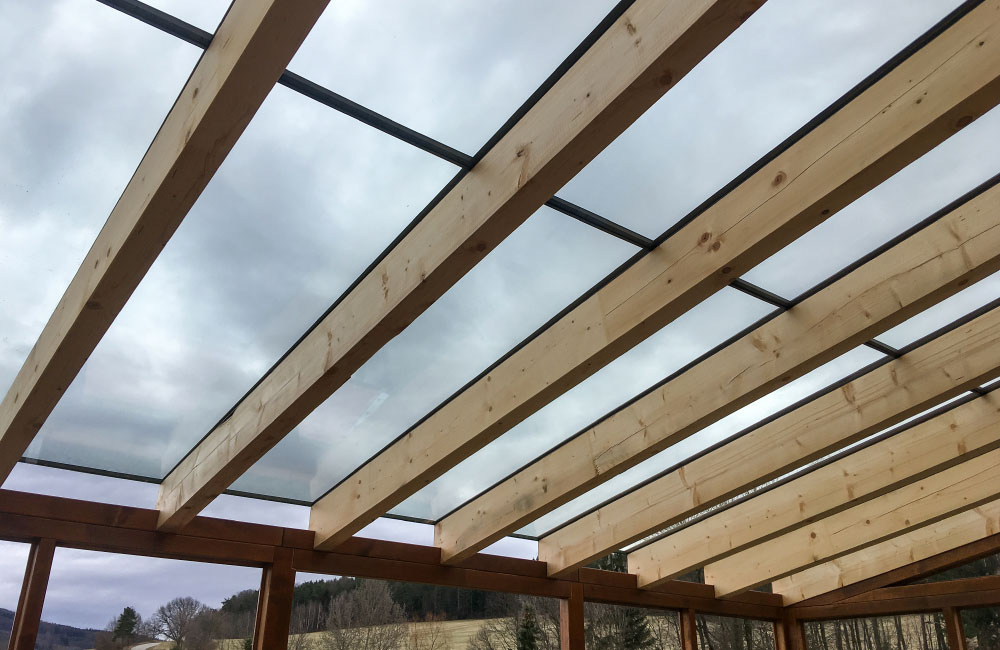
Truly, adding a pergola to a property conveys someone’s love for art and nature. It is an outbuilding that does not only house people for social connection. It also propels humans to appreciate landscape gardening or enjoy quality time with their environment. However, what is noticeable in some pergolas is that they are mostly freestanding. Do you like the other type? Can you even attach a pergola to the house without hassle?
It is pleasing to say that everyone can build a pergola that is connected to a house. However, this idea may not come as easy as ABC. It is not like you buy now and start erecting it tomorrow. There are things you need to do first before getting the “yes” or “no” answer or better, making it a big “yes” for you. Here are some things you ought to know:
Existing building. If you attach a pergola to your house, a side of it serves as one of the supporting components for this accessory structure. In that case, a house wall or post should be sturdy enough to handle another load. It must not weaken or burden a pergola’s structure. Also, pergola can’t be the reason for a fire emergency or structural injury. Both the house and pergola should be safe when you connect them.
Existing space. An advantage of an attached pergola is that it does not take up more space compared to a freestanding one. Nevertheless, even an attached pergola needs an ample floor area to build. Do you think you have that extra 200+ square feet for this accessory building? Is this spot has ample distance from the fence or property line?
Existing laws. If you are unaware, adding an outbuilding to a house usually requires approval from the local building agency. This idea doesn’t excuse an attached pergola, which may need a permit depending on its location. Some states or counties have strict guidelines on attached pergolas depending on their size, floor area, or setbacks.
It is advisable to contact or drop in at the office of your local building permit division. This gives you concrete ideas on the dos and don’ts in erecting a pergola in your area. Note that each local government implements a set of codes for outbuildings. If you are now well-guided, you may follow the wrong specifications and will not adhere to their safety standards.
Existing agreement. Typically, freestanding pergolas occupy wider floor areas and block other structures, including those belonging to your neighbors. Therefore, their owners may not need building permits but are still required to seek zoning, homeowners association, or environment compliance approvals. However, even an attached pergola may earn easement or setback dispute. So, visit your HOA and local authority to check this matter.
There are more considerations to do aside from what was mentioned above. These may delay your plan, but these should not discourage you from pursuing your goal. Yes, it may take weeks or months to have a legal, safe, and attached pergola, but it is worthwhile knowing this outbuilding can present to your healthy lifestyle.

